Cacao beans are a major export of Peru. However until recently, Peru didn’t have a large market of artisan chocolate producers who sold their wares in finished form. Everything went straight to the international market.
Fortunately, that has changed with advent of farm-to-table movements, fair trade agreements, organic farming, and a concerted effort by producers to take their goods straight to market.
Step 1: Learn Who’s Who
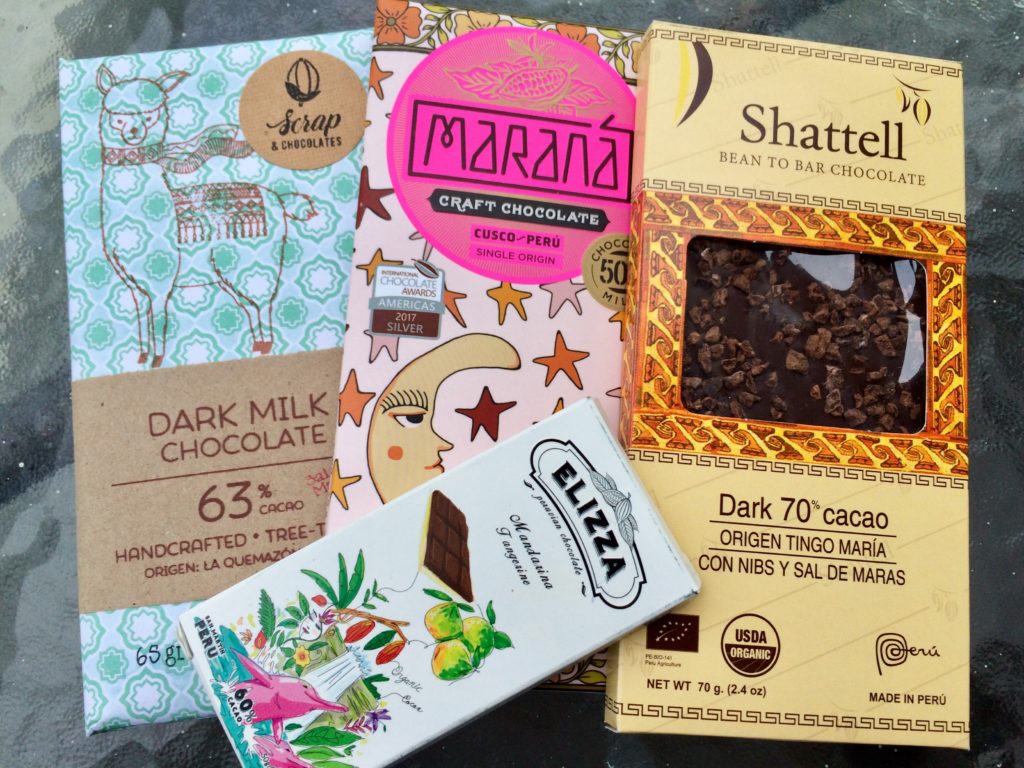
Since there’s been a recent eruption of chocolate brands coming out of Peru, it’s difficult to know where to start. Overwhelming, even. Fortunately Peruvian chocolate producers have also begun competing in international competitions, so I used the results as a shortcut.
I started by compiling a list of Peruvian winners from the 2018, 2017 and 2016 International Chocolate Awards. If they’ve won international acclaim, then they went on the list of brands to check out. I focused primarily on those bars with a high dark chocolate content. My reasoning was that if the content was 70% cocoa or higher in these bars, then the producer wasn’t trying to mask flavors or hide behind inclusions.
As an aside, I heard that Hershey’s isn’t allowed to be sold in Peru as a chocolate bar because the minimum percentage required is 40% and they don’t make the cut. If true, I think that’s hilarious.
Here’s the short list:
Step 2: Seek & Find
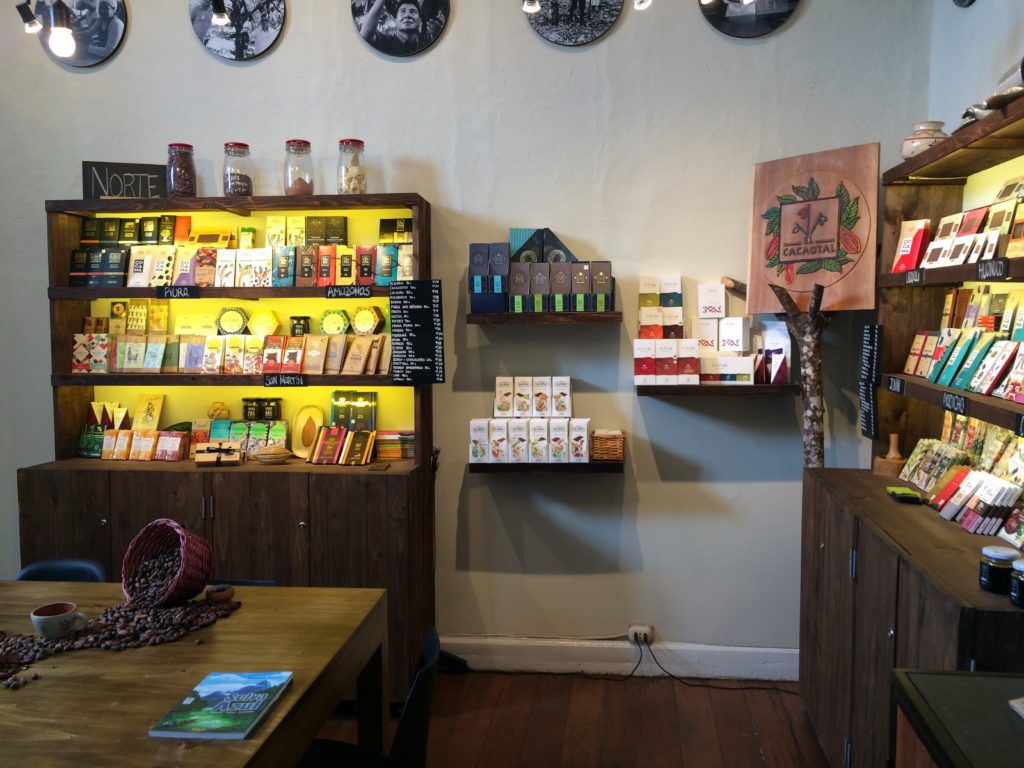
A few of these brands are sold all over Lima, not that you could tell that from their web presence — details are sorely lacking about distribution. Alkimia and their octagonal boxes can be found at every coffee shop check-out in Miraflores, and Cacaosuyo has good market penetration at Wong and other super markets. A few of the other brands can be found in little gourmet shops scattered around the city. However, I strongly recommend skipping all that effort and heading straight to El Cacaotal in the Barranco district.
Not only are all the brands worth knowing here in one spot, proprietor Amanda Jo Wildey will be happy to let you sample chocolates, talk about the producers, and discuss the different flavor profiles of Peruvian chocolate. She’ll even hold forth on supply chain issues and whether fair trade actually is. Classes are also available at the shop, and she invites producers in to showcase their wares.
Her prices are fair, too. I shopped around a bit, and kept coming back to El Cacotal for more chocolate to “test.”
This advice, BTW, is only for Lima, Peru. I’m not sure how or if we’ll be able to find many of these brands once we leave the country.
Step 3: Decide What You Like
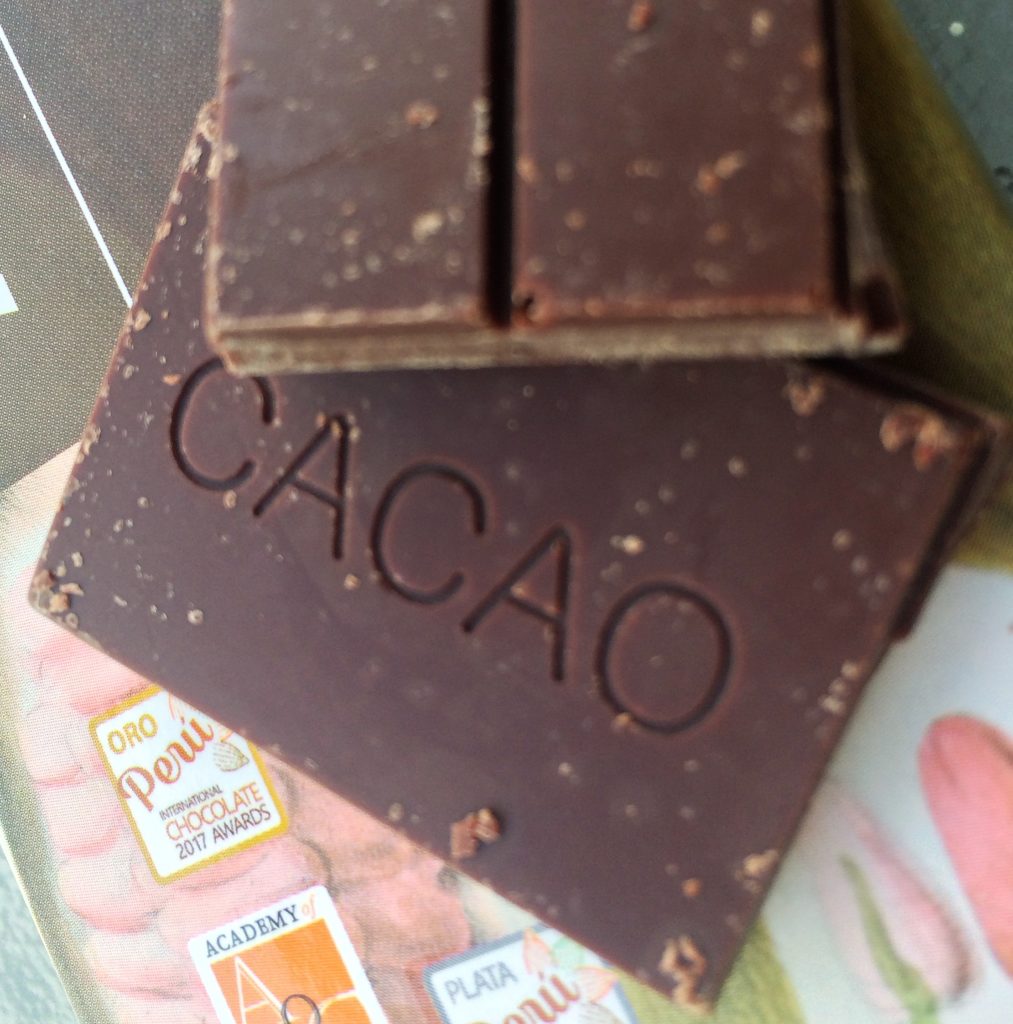
We brought all the chocolate home, and did some extensive back-to-back sampling at different times with the brands we could find, those that looked interesting, and a few convenience picks. Criteria that we used to rack and stack our choices included: % of cacao, mouthfeel, smell, flavor, and to a lesser extent packaging and bar presentation (a few were stamped in interesting ways.)
We ranked everything, took a picture of the results, put the bars away, and then tasted again later in the opposite order to validate our finds. Jan and I have different qualities that we appreciate, so of course we didn’t have 100% agreement up and down the list. He also used a “would eat a whole bar of it in one sitting” as a criteria, which I think favored the lower % bars. I found myself tasting bars with particular people in mind, knowing what their taste preferences would be.
A few standouts we both liked included:
Bakau 72% Cacao had an earthy scent, a silky smooth mouthfeel, and a deeper berry finish at the end.
Cacaosuyo 70% Cacao, Piura Select’s texture couldn’t match the Bakau, though it had an interesting, warmer berry flavor and vanilla notes that evoked (to me) the scent of old time-y cigar shops. Jan preferred this one as he’s more of a vanilla fan.
Kuyay 70% Cacao had a lovely texture, though what was most striking were the wine notes that rounded out the finish. It was almost as if it were already paired with the perfect glass of red wine.
Scrap & Chocolates 49% Cacao La Quemazon-Piura was very smooth, a lot sweeter than anything else we tried, and obviously lower on the cacao percentage. However, we both thought that it would be a good bridge to chocolates Americans were more familiar with.
Step 4: Learn More.
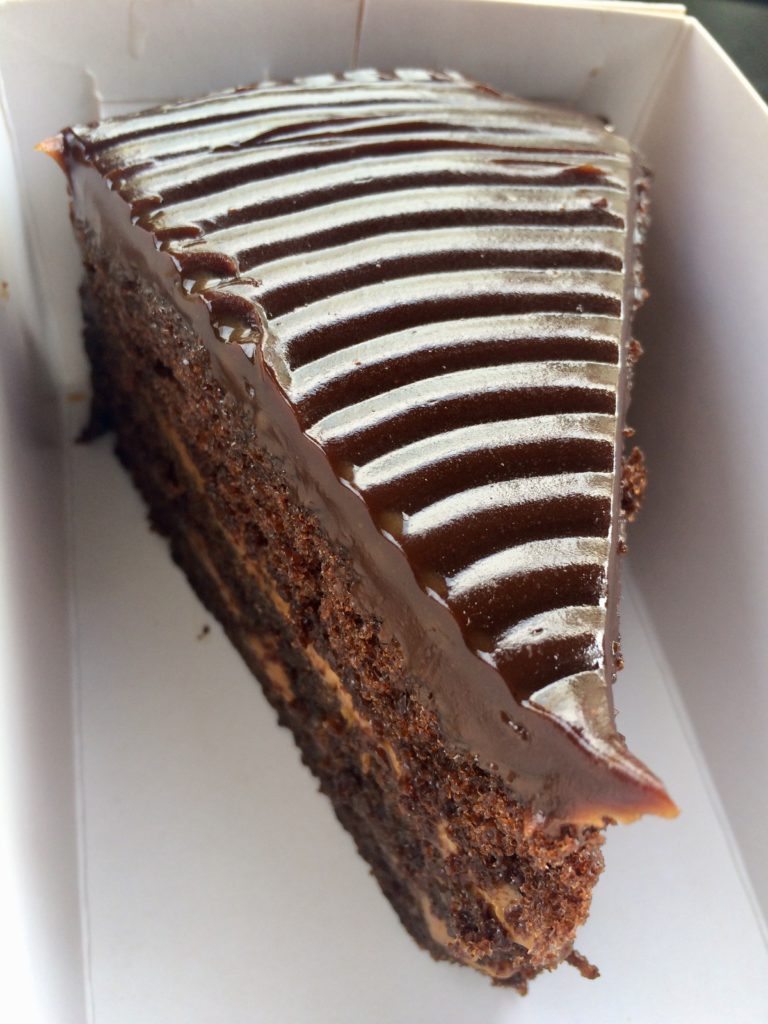
I think another approach would be to start with the major cacao-growing regions of Peru, learning about the different varietals of cacao plants and going from there. I tried. That information is probably out there, but isn’t readily available online. If you’re really interested in Peruvian chocolate, try our approach and come here and to eat all the chocolate (no, really.)
You should probably supplement your research with these online resources:
Chocosophia. A local Peru chocolate review site that goes in-depth brand by brand, bar by bar. I didn’t find much in the way of methodology, but it was an interesting second take on things I’d already tried. I didn’t have time to reach out to the site owners while here, though maybe that would be a good option, too.
Dandelion Chocolate. This is an American chocolate producer that was recommend to me by Amanda. They have a little to say about Peruvian chocolate, though it’s a better resource for general cacao information.
5 Chocolate Places in Peru. Other opinions about where to try chocolate.
Living in Peru. This is a link to the article they did about El Cacaotal. You shouldn’t just take my word for it.
Marana. One of the local producers has a “where to buy” page that I found useful to find many things chocolate and non-chocolate-related.
In sum, Peru is becoming more than a simple supplier of the world’s cacao. The country is a chocolate destination. I’m hording a small trove of bars to bring back to the states, but I look forward to finding these brands outside the country. Their success will surely be sweet for everyone involved.
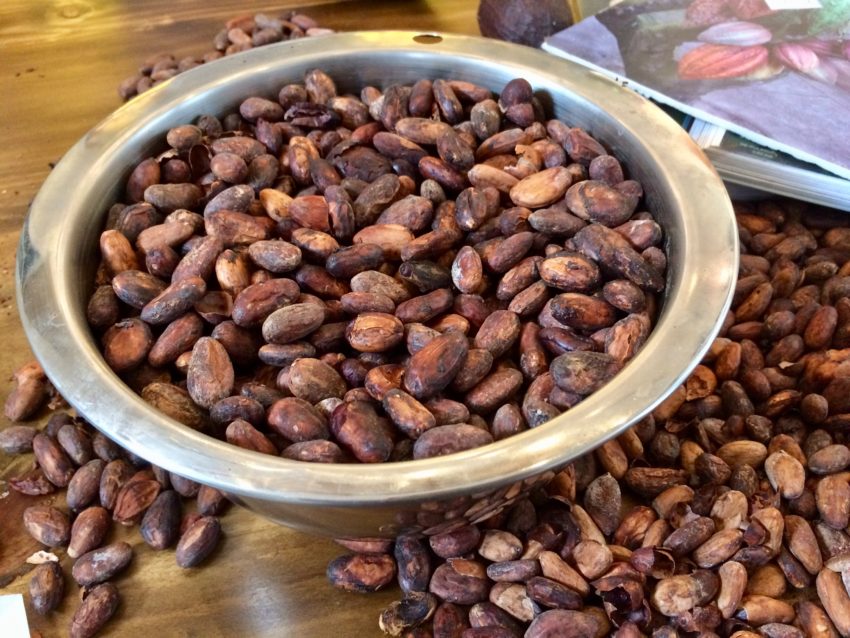
Interesting post. I’m glad to hear Peru is getting a bigger piece of the fair trade artisanal chocolate market. And love your research! A great way to explore Peru.
I don’t know what your stance is on chocolate these days, but I’m bringing back a decent amount to share with friends. Let me know if you’re down.